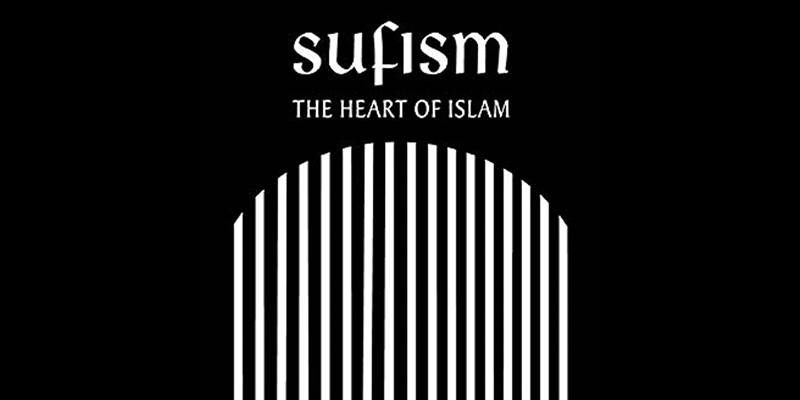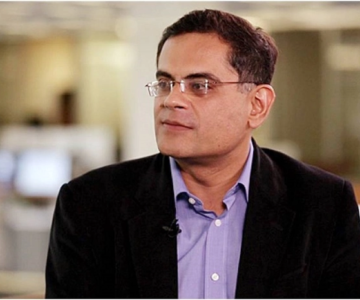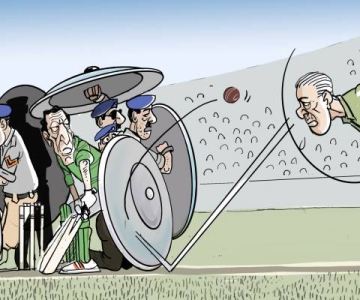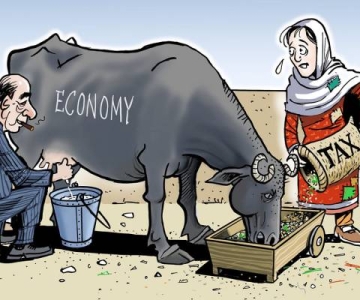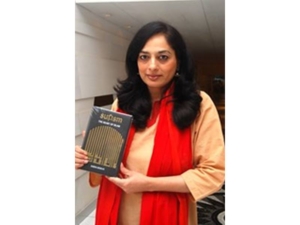 Finally Sadia Dehlvi’s book, Sufism: The Heart of Islam (HarperCollins), is published and was launched last week in Delhi. India’s eminent writer Khushwant Singh and historian Mushirul Hasan launched the book while Vidya Rao and Oroon Das rendered Sufi verses with music and subtle intonations befitting the Sufi path.
Finally Sadia Dehlvi’s book, Sufism: The Heart of Islam (HarperCollins), is published and was launched last week in Delhi. India’s eminent writer Khushwant Singh and historian Mushirul Hasan launched the book while Vidya Rao and Oroon Das rendered Sufi verses with music and subtle intonations befitting the Sufi path.
The book is a labour of love and I am fortunate to have seen the book evolve over the last four years and it is finally a beautiful edition with tributes to the great saints and their teaching. Below is an excerpt and a report on the book launch.
Tariqa – the Way of the Sufi
At many stages in life I came close to giving up on the idea of God altogether. Growing up in the seventies one inherited a mixed bag of values. Progressive writers professed agnosticism and friends jeered at the idea of hell or heaven. Churches, temples, mosques and monasteries were simply not fashionable in the age of rebellion.
Traversing the Sufi path changed my attitude for it teaches that prayer rituals are worth little if not accompanied by love and sincerity.
On behalf of God, Prophet Muhammad declared: ‘Heaven and earth cannot contain Me but the heart of my faithful servant contains Me.’
The mystic poet Fariduddin Attar illustrates the state of the lovers:
When you seek God, seek him in your heart
He is not in Jerusalem, nor in Mecca nor in Hajj
The Quran establishes iman, faith, as a state of the heart that is separate from islam, which is a testimony of faith.
When the Bedouins declared Islam their faith, God said: ‘The desert Arabs say, “We believe.” Say, “Ye have no faith; but ye (only) say, “We have submitted our wills to Allah,” For not yet has Faith entered your hearts. But if ye obey Allah and His Messenger, He will not belittle aught of your deeds: for Allah is Oft-Forgiving, Most Merciful.’ (49:14).
Hal, Kaifiyat and Maqaam
Islam contains a three-fold structure consisting of sharia, the outer law; tariqa the inward path; and haqeeqa, the arrival at the reality of Allah. The different stages of the Sufi path are called hal (state) and maqaam (station).
Kaifiyat is an emotional state that can be experienced by ordinary people. We often see people getting emotional and tearful while listening to a heartfelt spiritual discourse or the recitation of Divine scriptures. ‘And when they listen to the revelation received by the Apostle, thou wilt see their eyes overflowing with tears, for they recognize the truth: they pray: “Our Lord! we believe; write us down among the witnesses.”’ 5:83)
Hal can be described as a series of enlightened moments. Sufis believe that hal is not self induced but is caused by tajalli, Divine graces that flow from the heavens. In Sufi imagery this flow of blessings is called sharaab e marifat, the wine of gnosis, and sharaab e mohabba, the wine of love. Most mystics remain sober despite intoxication from this wine, whereas some are unable to contain the drink. Mansur Hallaj and Bayazid of Bistam are among the most famous drunken Sufis who revealed God’s mysteries, those that were meant to be veiled. Bayazid sings:
I have planted love in my heart
And shall not be distracted until judgment day
You have wounded my heart when you came near me
My desire grows, my love is bursting.
He has poured me a sip to drink.
He has quickened my heart with the cup of love
Which he has filled at the ocean of friendship.
Sufis of some orders use music to induce hal, a state of spiritual ecstasy. Hal is kaifiyat in a prolonged state and maqaam in its permanent state. ‘Maqaam is something that descends from God into a man’s heart, without his being able to repel it when it comes, or to attract it when it goes, by his own effort.’
In the last few years of his life, Prophet Muhammad spent a lot of time with his companions teaching them ways of achieving exalted ranks with God. One day Hanzalah al Usaydi, a companion, confessed to Abu Bakr that he felt divided between contradictory feelings. While in the Prophet’s presence he had the ability to see paradise and hell, but away from the Messenger he felt overpowered by worldly affairs. Hanzalah felt he might be counted among the hypocrites of Islam.
Abu Bakr confided to having similar thoughts and both decided to seek answers from the Prophet on their spiritual states.
Hearing their doubts, Muhammad replied, ‘By He who holds my soul in his hands, if you were able to remain in the state in which you were in my company, and remember God permanently, the angels would shake your hands in the bed and along the path you walk. Hanzalah, there is a time for this and there is a time for that.’ Sufis describe Hanzalah’s state as hal and maqaam, the spiritual state where God commands the angels to greet His friends.
Extract from Sufism: The Heart of Islam, HarperCollins, releasing on April 30, 2009.
And, now the book launch:
Suanshu Khurana reports here
The legendary Amir Khusro’s verse set to strains of Sufi music was the appropriate backdrop for the launch of Sadia Dehlvi’s book, Sufism: The Heart of Islam (HarperCollins, Rs 650), held at Delhi’s Le Meridien on Thursday. The book provides insight into the lives of great Sufi mystics like Baba Bulleshah, Baba Farid, Khwaja Moinuddin Chishti apart from a range of poetry written by them. ‘The book would have been incomplete without these detailed profiles that had a huge impact on people converting to Islam. Since song and dance is such an integral part of Sufism, their poetry adds depth to the book,” said Dehlvi. In the book, she has lucidly described the Sufi path with an interesting assessment of Sufism’s connect with Muslim and non Muslim societies, in turn also highlighting the widespread misunderstanding about Sufism as a faith which separates it from Islam. ‘Sufism is not an innovation but a continuation of Islam that leads to the Prophet,” she added.
Sadia’ s transformation is commendable. Her perspective on Sufism and spirituality is unique,” said author Khushwant Singh. Professor Mushirul Hasan, VC of Jamia Milia Islamia, launched the book along with Singh, while artists Arpana Caur and Sudhir Dar looked on.
